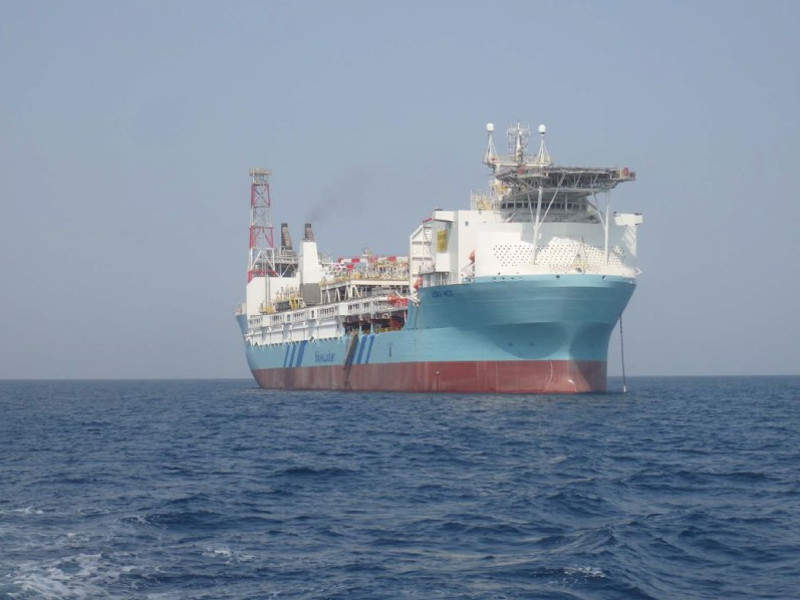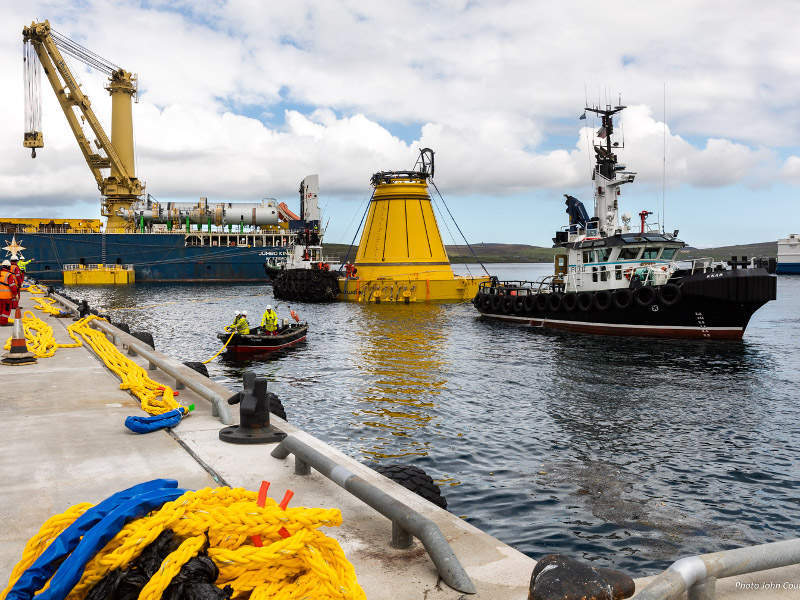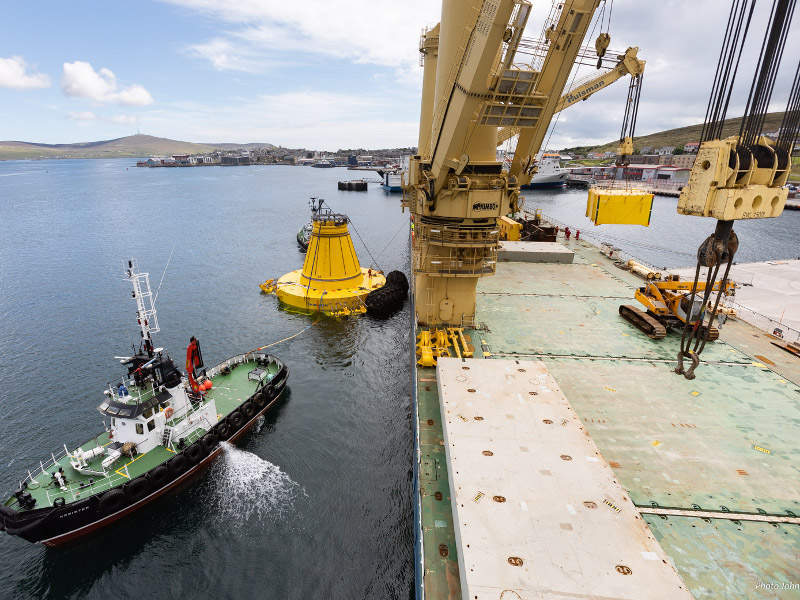The Lancaster offshore field is located in 160m of water in the West of Shetland area in North Sea, UK. Owned and operated by Hurricane Energy, it is the first basement prospect being developed by the company.
The UK authorities granted the project development consent for Lancaster in September 2017. First oil from the field is expected to be produced in the first half of 2019.
Lancaster field location and reserves
The Lancaster field lies in blocks 205/21a, 205/22a and 205/26b of production licence P1368 Central.
The field is estimated to contain proven and probable reserves of 37.3 million stock tank barrels (Mstb).
Lancaster field appraisal
The Lancaster field was first appraised by the 205/21-1A appraisal well drilled by Shell in 1974. Two drill stem tests were conducted on the well before it was plugged and abandoned.
The well 205/21a-4, drilled in 2009, uncovered an extensive fractured network and flowed light oil to the surface. Hurricane drilled another appraisal well 205/21a-4Z in 2010, as a sidetrack to 205/21a-4, for appraising the basement. A 1km horizontal production well, 205/21a-6, was drilled in the second quarter of 2014, which showed a high level of reservoir productivity.
Hurricane drilled two more wells in 2016 and 2017 in the 205/21a block of the Lancaster field. A deep inclined well, 205/21a-7, was drilled to study the depth of the oil column. Another 1km horizontal well, 205/21a-7Z, was drilled in the fourth quarter of 2016 to confirm the high productivity showed by the 205/21a-6 well.
Lancaster offshore field development plan
The Lancaster offshore field is planned to be developed in two stages. The first phase of the project includes the development of the field through an early production system (EPS).
The EPS is designed to improve production from the field to finalise the overall field development plan. It will collect long-term data for studying the characteristics of the reservoir and the field development scope.
“The Lancaster offshore field is planned to be developed in two stages.”
Expected to last for six years, the EPS will enable a phased development of the resources and deliver acceptable return on the investment. The EPS is expected to produce 17,000 barrels of oil per day (bpd).
Early production system at Lancaster offshore field
Two horizontal wells drilled during the appraisal activities will be tied-back to the Aoka Mizu floating, production, storage and offloading (FPSO) vessel in the EPS. The FPSO will feature a new buoy and a 3×4 disconnectable turret mooring system.
The subsea infrastructure for the EPS will include two 2.1km-long insulated flexible risers with a diameter of 6in, which will connect to the buoy. It will also include 6in production flowlines of 1.9km and 2.05km length and 2.1km-long umbilicals.
Aoka Mizu FPSO details
The Aoka Mizu FPSO is 248m-long and 42m-wide and can accommodate 84 people. It includes a deck area of 7.985m² and has a dead weight tonnage of 89,184dwt.
The fluid processing capacity of the FPSO is 35,000 barrels per day (bpd), while its crude processing capacity is 35,000bpd and crude storage capacity is 600,000 barrels in 11 storage tanks.
Contractors involved
TechnipFMC is the integrated engineering, procurement, construction and installation (EPCI) contractor for the field development. It will supply and install subsea umbilicals, flowlines, risers, subsea production system, turret buoy, and the mooring system.
Bluewater Energy Services was contracted to design the FPSO vessel for the Lancaster EPS, while LOC Aberdeen was contracted as the marine warranty surveyor.
Crondall Energy will provide engineering support to the Lancaster EPS and deliver, install, and start-up the FPSO. Lerwick Harbour delivered the turret buoy mooring system for the FPSO.
Transocean was awarded a rig contract in 2017, for the completion of previously drilled EPS production wells in the Lancaster field, while Costain was contracted for evaluating potential development options for the field.
Petrofac was contracted in 2016 providing well operator services and engineering and project management facilities, while James Fisher Offshore was contracted for conducting the boulder clearance campaign case study.





